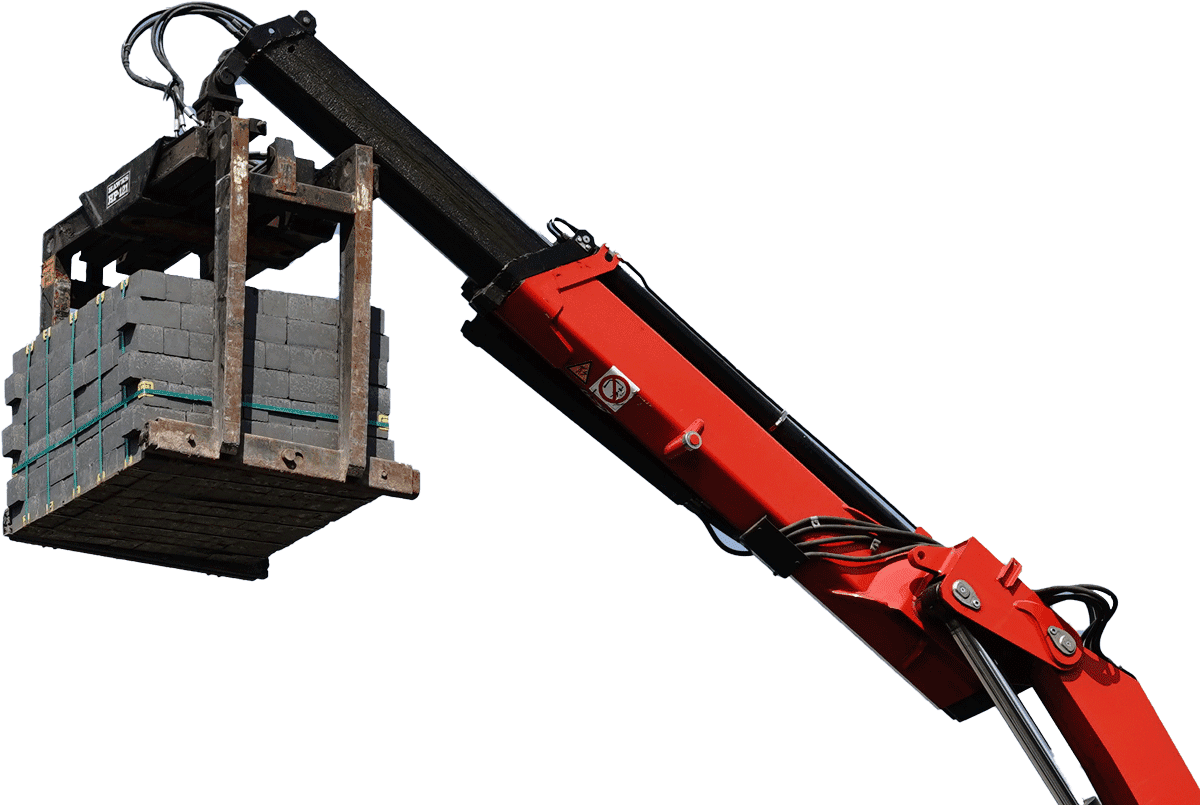


Pulverized coal ash (PCA) is one of the major residues generated during the combustion of coal in thermal power plants. PCA is generally classified into three types depending upon its particle size and zone of collection. ‘FLY ASH’ is the extremely fine ash ‘flying’ along with flue gases is trapped in electro-static precipitators (ESP) and is collected. The relatively coarser ash generated at the bottom of the boilers is mixed with water, made into slurry and pumped into fill sites called ‘ash ponds’. This ash forms the bulk of the ash generated and is termed as ‘POND ASH’ In some older and relatively inefficient thermal power plants, a coarser variety of ash is generated called ‘BOTTOM ASH’. This has appreciable carbon content but cannot be collected separately. This is also mixed with pond ash and pumped to ash fill sites. Depending on where the coal was mined, coal ash typically contains heavy metals including arsenic, lead, mercury, cadmium, chromium and selenium etc. If eaten, drunk or inhaled, these toxicants can cause cancer and nervous system impacts such as cognitive deficits, developmental delays and behavioral problems. They can also cause heart damage, lung disease, respiratory distress, kidney disease, reproductive problems, gastrointestinal illness, birth defects, and impaired bone growth in children. What is “leaching”? When coal ash comes into contact with water, its toxic constituents can “leach” or dissolve out of the ash and percolate through water. Coal ash toxics can leach from disposal sites carrying toxic substances into above-ground waterways such as rivers, streams and wetlands, and into underground water supplies or aquifers that supply drinking wells. In India about 190 million tonne of PCA ash is generated annually and is expected to generate 230 million tonne by 2020. Utilization of this amount of ash is a major concern. The present as utilization rate at national level is about 61% which means huge quantity is being accumulated every year posing environmental problem and occupying land space.
Ministry of Environment, Forest & Climate Change & Ministry of Power has been issuing various orders and notifications to maximise and achieve 100% utilization of ash. One of significant step taken by the govt is mandating use of fly ash based product like cement, fly ash brick, block, tiles, or clay ash brick, block, tiles or cement fly ash brick or similar product or combination or aggregate of them, in all construction activities within a radius of 300km from any Thermal Power Plant. This mandate is applicable to all construction agencies of Central, State, Local Government, Private or Public sector.
S.O. 763(E) Dt. 14/09/1999
S.O. 979(E) Dt. 27/08/2003
S.O. 2804(E) Dt. 03/11/2009
S.O. 254(E) Dt. 25/01/2016


A major environmental concern is loss of topsoil from agriculture land for producing burnt clay brick. Brick kilns are mostly situated on fertile agricultural land. The usual practice is to remove the topsoil for brick making. Quite often soils used in brick making have high fertility status and their opportunity cost is also high, especially when the soil/brick earth is removed from river basins with intensive agricultural production. The removal of top soil not only has direct impact on agricultural crop production via reduced fertility status of soils but also has adverse effect on bio-diversity and destabilization of soil structure. As the addition of organic matter in the forms of human and animal wastes and plant residues occur only over the top layers of soil, removal of top soil leads to loss of soil fertility.
Secondly, brick firing is an energy intensive process. Coal, wood and many agricultural wastes such as mustard stalk, rice husk etc. are used as fuels for firing bricks. According to Ministry of Coal, Government of India, the country’s brick industry is second largest industrial consumer of coal after steel, pegging its annual requirement at approx. 35 million tons. Combustion of coal and other bio-mass fuels in brick kilns results in the emissions of suspended particulate matter (SPM), including black carbon (BC), sulphur di-oxide (SO2), oxides of nitrogen (NO2) and carbon monoxide (CO). Burnt clay brick production activity in India also emits approx. 90 million tons of carbon di-oxide (CO2), a harmful greenhouse gas that is throwing our earth’s atmosphere out of balance.
FLY ASH BRICK which is an Eco-Friendly alternate to conventional clay brick uses PCA as its primary ingredient. More than 45% of its mass constitutes Fly Ash. With more than 2.5Cr annual production capacity, a huge amount of hazardous PCA is utilised which was otherwise dumped & pollutes the environment. Another environment protection milestone is achieved by discouraging production of conventional burnt clay bricks. Fly Ash Brick being stronger & durable easily replaces clay bricks in all construction activity. This replacement saves fertile agricultural top soil & emission of toxic affluent gases in production of burnt clay bricks.
